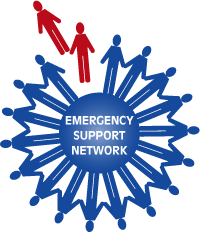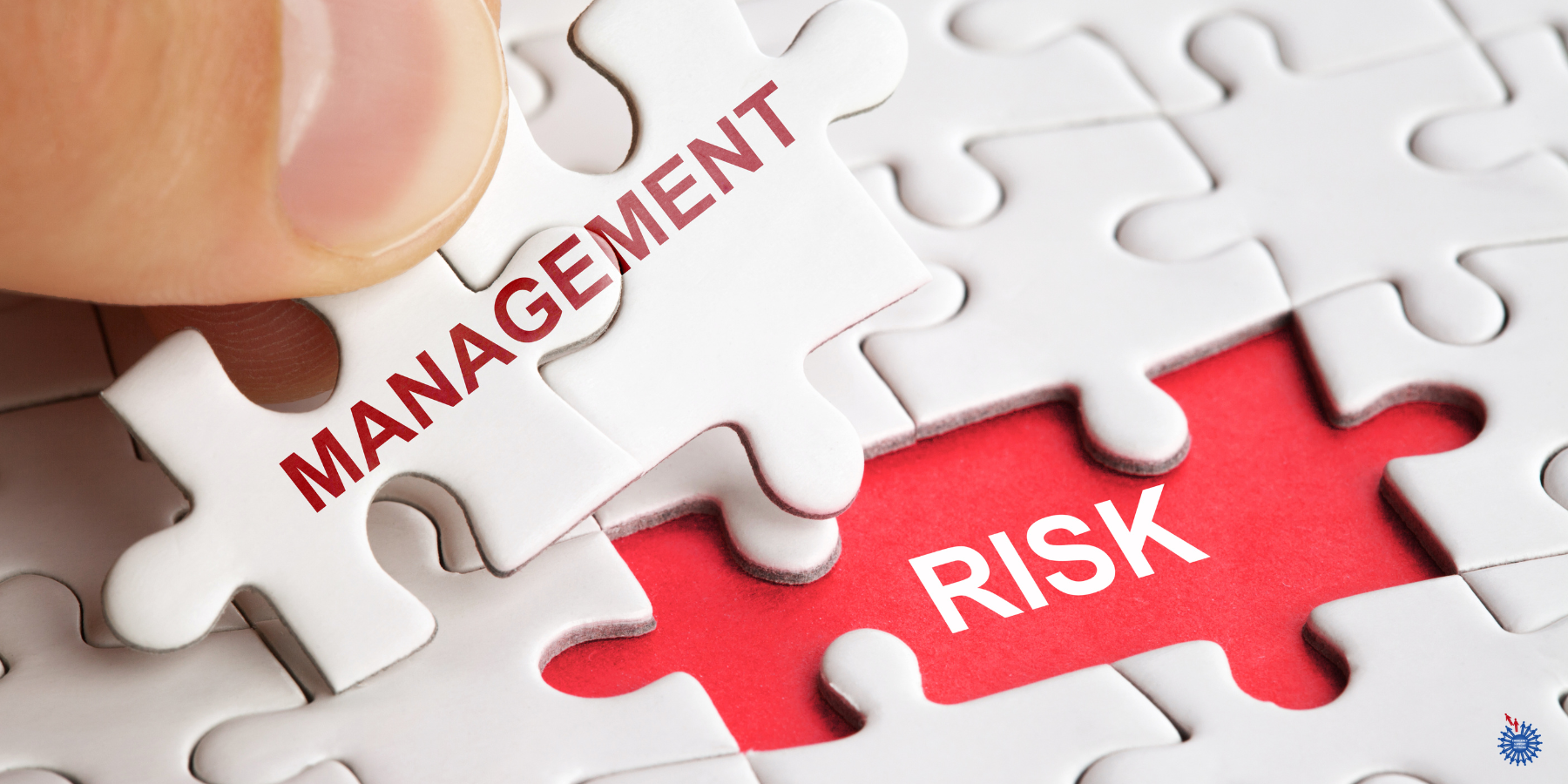People Risk Management: Safeguarding Your Organisation’s Greatest Asset
In today’s complex and fast-changing business environment, organisations are recognising that one of their biggest risks—and assets—lies in their people. From misconduct and skill shortages to mental health issues and poor leadership, “people risks” can significantly impact productivity, reputation, and even the survival of a company. That’s why People Risk Management is no longer optional—it’s essential.
What Is People Risk?
People risk refers to the potential for human behaviour or people-related factors to cause loss, harm, or disruption to an organisation. These risks can stem from employees, leaders, contractors, or even the organisation’s culture and internal systems.
Unlike financial or operational risks, people risks are often unpredictable and hard to quantify—but their impact can be far-reaching and profound.
Types of People Risks in Organisations
- Talent Risk
High turnover, skill shortages and difficulty attracting or retaining the right talent can disrupt business operations. In a competitive labour market, losing top performers could mean losing your competitive edge. - Conduct and Compliance Risk
Unethical behaviour, fraud, corruption, harassment, or violations of policies and regulations can damage reputation and lead to serious and possible consequences. - Health and Safety Risk
Both physical and psychological safety matter. Stress, burnout, and poor workplace ergonomics can reduce productivity and increase absenteeism, psychosocial harm complaints and/or workers’ compensation claims. - Succession and Leadership Risk
When leadership roles are not properly planned for, or when leaders fail to inspire or guide effectively, entire teams—and business performance—can unravel. - Culture and Engagement Risk
A toxic or disengaged workplace culture undermines collaboration, innovation, and retention. Disengaged employees are more likely to underperform or make costly mistakes. - Cyber and Information Security Risk
People are often the weakest link in cybersecurity. Poor training or negligence can lead to data breaches or intellectual property theft. - Remote and Flexible Working Risk
The rise of hybrid work has created new challenges, including managing productivity, maintaining team cohesion, and ensuring employee well-being from a distance.
How to Manage People Risks Effectively
Managing people risks involves a proactive, strategic approach. Here’s how organisations can mitigate these risks:
- Build a Strong Risk Culture
Create a culture of transparency, accountability, and ethical behaviour. Encourage open communication, whistleblower protection, and leadership that leads by example. Culture is a powerful tool—both as a preventive measure and as a force for early detection of issues.
- Develop Clear Policies and Procedures
Ensure policies are well-defined, regularly updated, and clearly communicated. These should cover everything from recruitment and onboarding to conduct expectations, harassment prevention, grievance management, remote work guidelines, and succession planning.
- Invest in Talent Management
Attracting, developing, and retaining top talent requires strategic investment. Offer training programs, career development opportunities, competitive compensation, and meaningful recognition. Psychometric assessments can provide invaluable insights in how to best develop your employees. Use data to monitor workforce trends and anticipate future skills needs.
- Enhance Leadership Capability
Good leaders inspire trust and drive performance. Invest in leadership development and succession planning. Regular 360-degree feedback and coaching can help leaders grow and avoid blind spots that contribute to people risk.
- Prioritise Health and Well-being
Support both mental and physical well-being. Provide access to Employee Assistance Programs (EAPs), flexible work options, and health-related resources. Burnout prevention should be part of every manager’s toolkit.
- Strengthen Compliance and Training
Mandatory training on ethics, compliance, and cybersecurity should be reinforced regularly. But training alone isn’t enough—monitoring, audits, and active management of breaches are also necessary.
- Leverage Technology and Data
HR analytics can help identify patterns of disengagement, absenteeism, or turnover before they become crises. AI and automation can also assist in identifying bias in hiring or potential burnout risks through workload analysis.
- Plan for the Unexpected
Whether it’s a global crisis or a leadership departure, your people risk strategy should include contingency planning. Building resilience, cross-training, business continuity planning, and robust communication frameworks are crucial.
Final Thoughts
Managing people risk isn’t just about preventing problems—it’s about unlocking your organisations full potential. When employees feel valued, supported, and aligned with your values, they become more engaged, productive, and loyal. When your people thrive, so does your organisation.
At the end of the day, even the best strategy is only as strong as the people behind it. The more effectively you manage people risks, the stronger, safer, and more successful your organisation will become.
ESN can support your organisation in identifying people risks and building tailored solutions that create a more resilient, empowered workforce—ready to meet today’s challenges and tomorrow’s opportunities.





